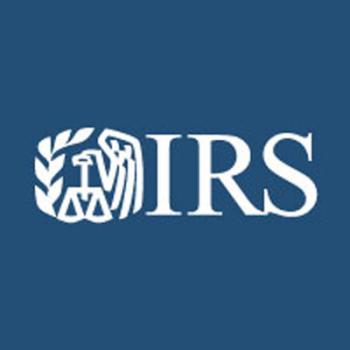IRS unveils online tool to help low-income families register for monthly Child Tax Credit payments
WASHINGTON, D.C. — The Treasury Department and the Internal Revenue Service has unveiled an online non-filer sign-up tool designed to help eligible families who don’t normally file tax returns register for the monthly Advance Child Tax Credit payments, scheduled to begin July 15.
This tool, an update of last year’s IRS Non-filers tool, is also designed to help eligible individuals who don’t normally file income tax returns register for the $1,400 third round of Economic Impact Payments (also known as stimulus checks) and claim the Recovery Rebate Credit for any amount of the first two rounds of Economic Impact Payments they may have missed.
Developed in partnership with Intuit and delivered through the Free File Alliance, this tool provides a free and easy way for eligible people who don’t make enough income to have an income tax return-filing obligation to provide the IRS the basic information needed — name, address, and Social Security numbers — to figure and issue their Advance Child Tax Credit payments. Often, these are individuals and families who receive little or no income, including those experiencing homelessness and other underserved groups. This new tool is available only on IRS.gov.
“We have been working hard to begin delivering the monthly Advance Child Tax Credit to millions of families with children in July,” said IRS Commissioner Chuck Rettig. “This new tool will help more people easily gain access to this important credit as well as help people who don’t normally file a tax return obtain an Economic Impact Payment. We encourage people to review the details about this important new effort.”
The Non-filer Sign-up tool is for people who did not file a tax return for 2019 or 2020 and who did not use the IRS Non-filers tool last year to register for Economic Impact Payments. The tool enables them to provide required information about themselves, their qualifying children age 17 and under, their other dependents, and their direct deposit bank information so the IRS can quickly and easily deposit the payments directly into their checking or savings account.
No action needed by most families
Eligible families who already filed or plan to file 2019 or 2020 income tax returns should not use this tool. Once the IRS processes their 2019 or 2020 tax return, the information will be used to determine eligibility and issue advance payments. Families who want to claim other tax benefits, such as the Earned Income Tax Credit for low- and moderate-income families, should not use this tool and instead file a regular tax return. For them, the fastest and easiest way to file a return is the Free File system, available only on IRS.gov.
Watch out for scams
The IRS urges everyone to be on the lookout for scams related to both Advance Child Tax Credit payments and Economic Impact Payments. The IRS emphasized that the only way to get either of these benefits is by either filing a tax return with the IRS or registering online through the Non-filer Sign-up tool, exclusively on IRS.gov. Any other option is a scam.
Watch out for scams using email, phone calls or texts related to the payments. Be careful and cautious: The IRS never sends unsolicited electronic communications asking anyone to open attachments or visit a non-governmental web site.
Other tools coming soon
The IRS has created a special Advance Child Tax Credit 2021 page at IRS.gov/childtaxcredit2021, designed to provide the most up-to-date information about the credit and the advance payments.
The page already features a link to the Non-filer Sign-up tool. In the next few weeks, it will also feature other useful new tools, including:
An interactive Child Tax Credit eligibility assistant to help families determine whether they qualify for the Advance Child Tax Credit payments.
Another tool, the Child Tax Credit Update Portal, will initially enable anyone who has been determined to be eligible for advance payments to see that they are eligible and unenroll/opt out of the advance payment program.
Later, it will allow people to check on the status of their payments, make updates to their information and be available in Spanish.



























